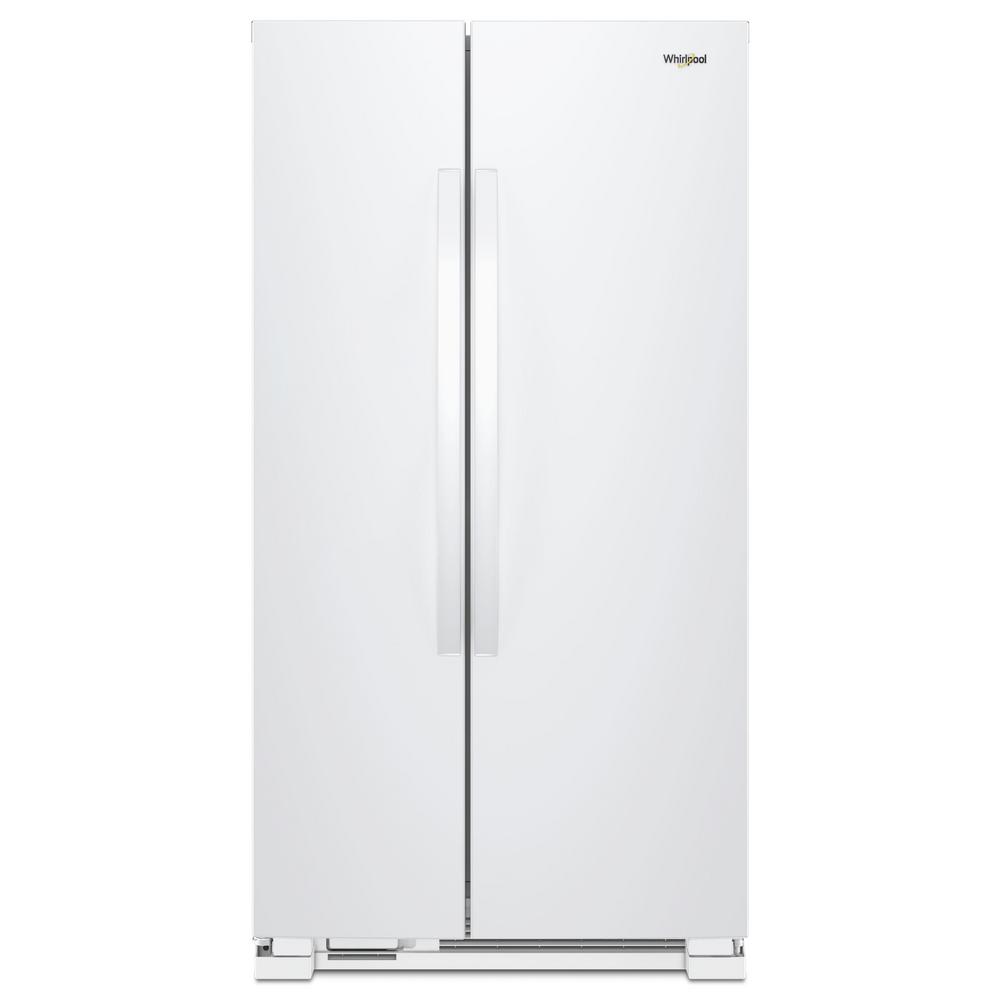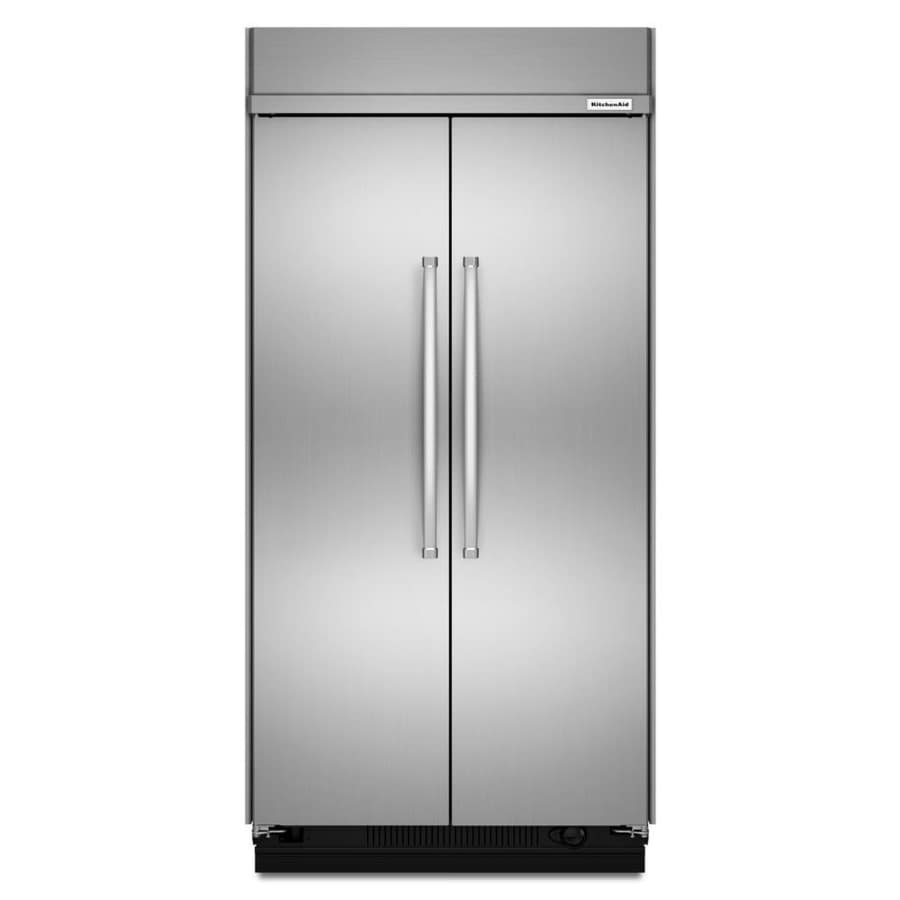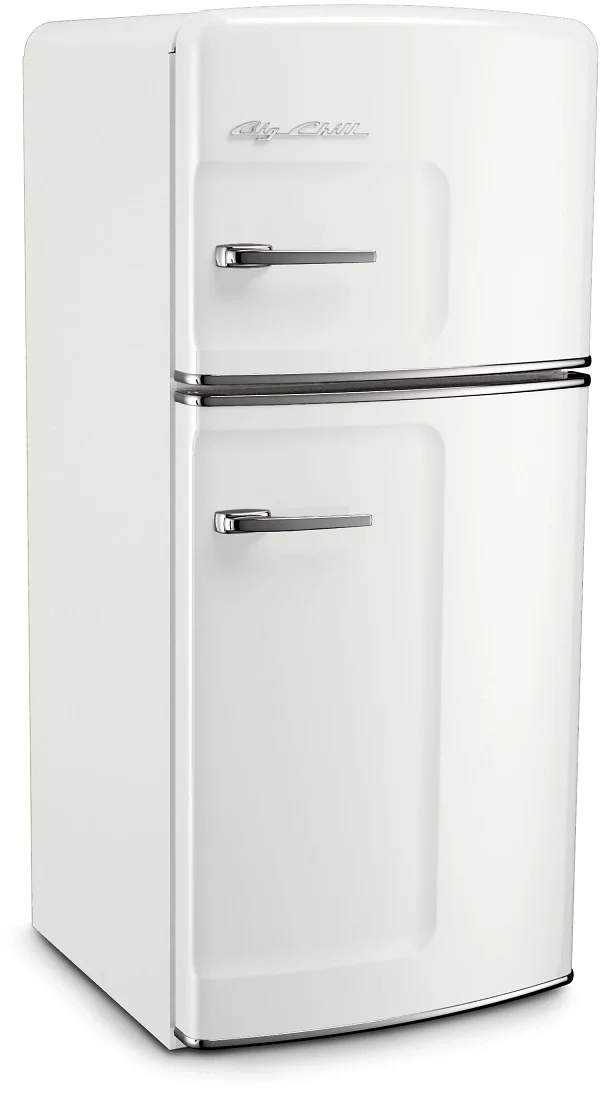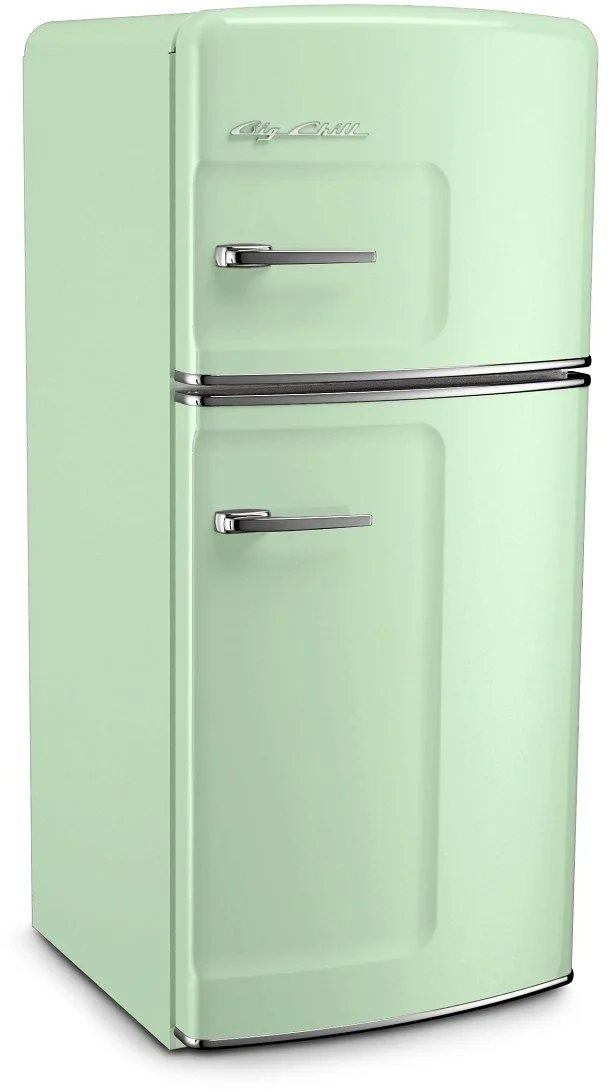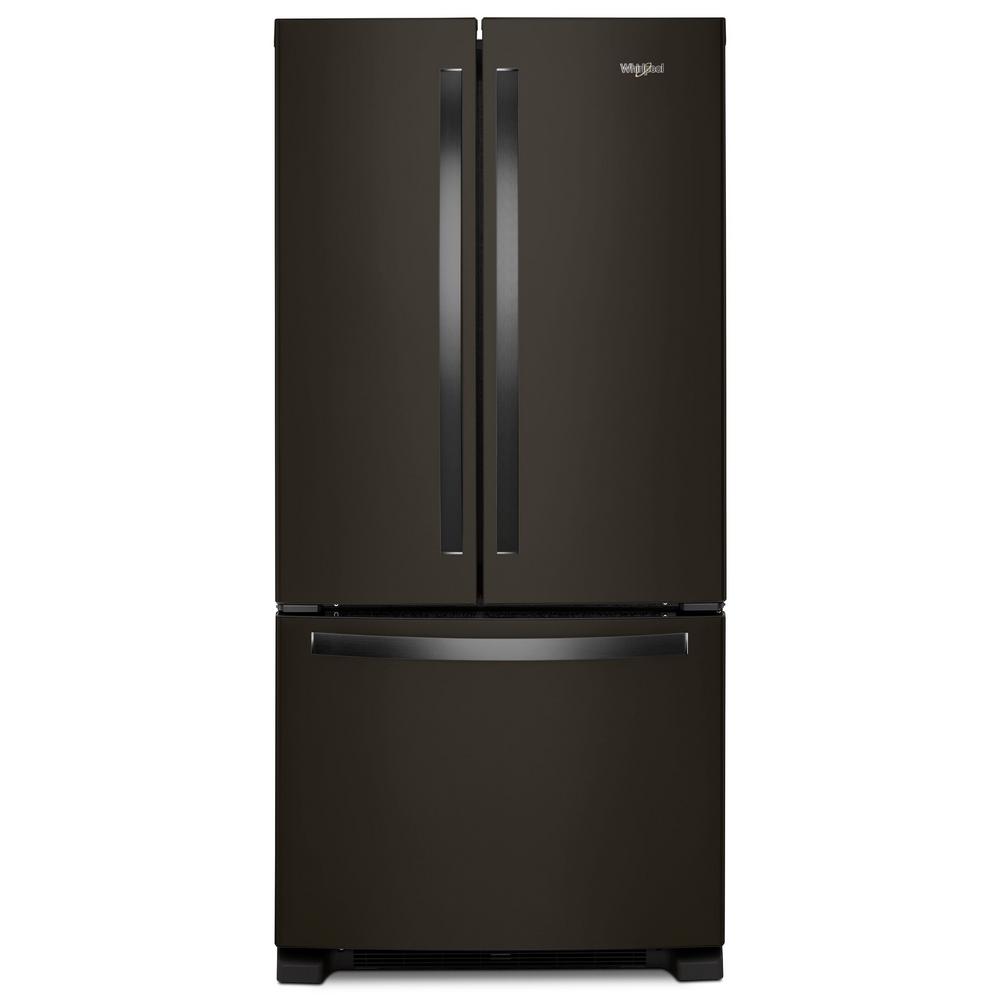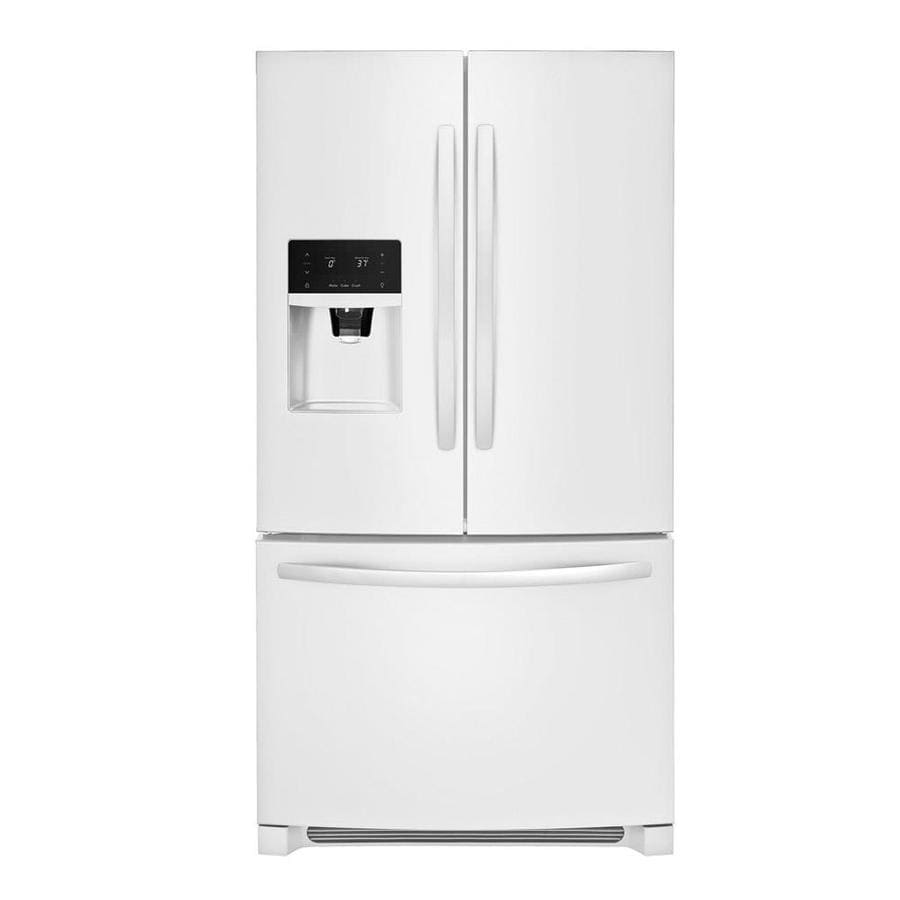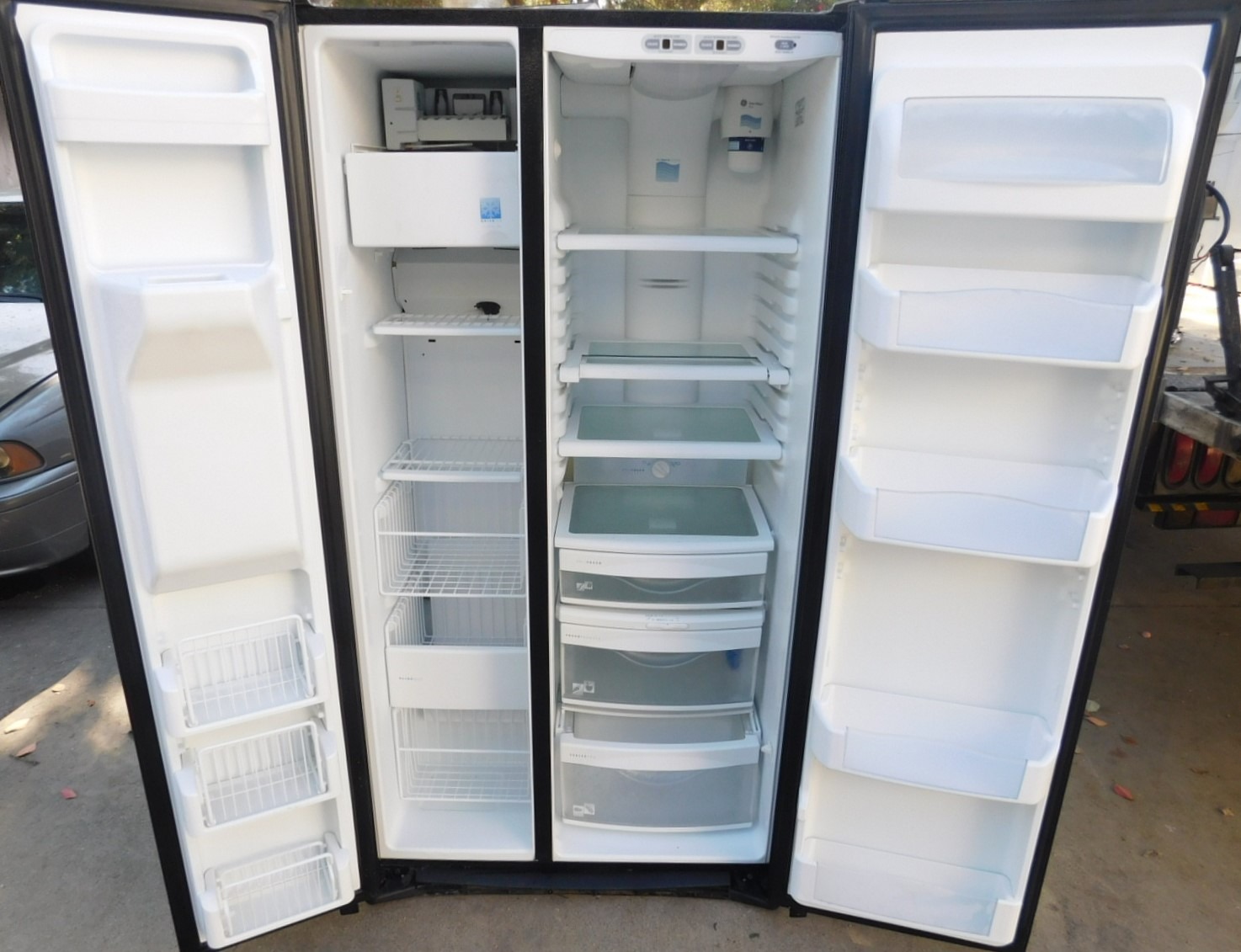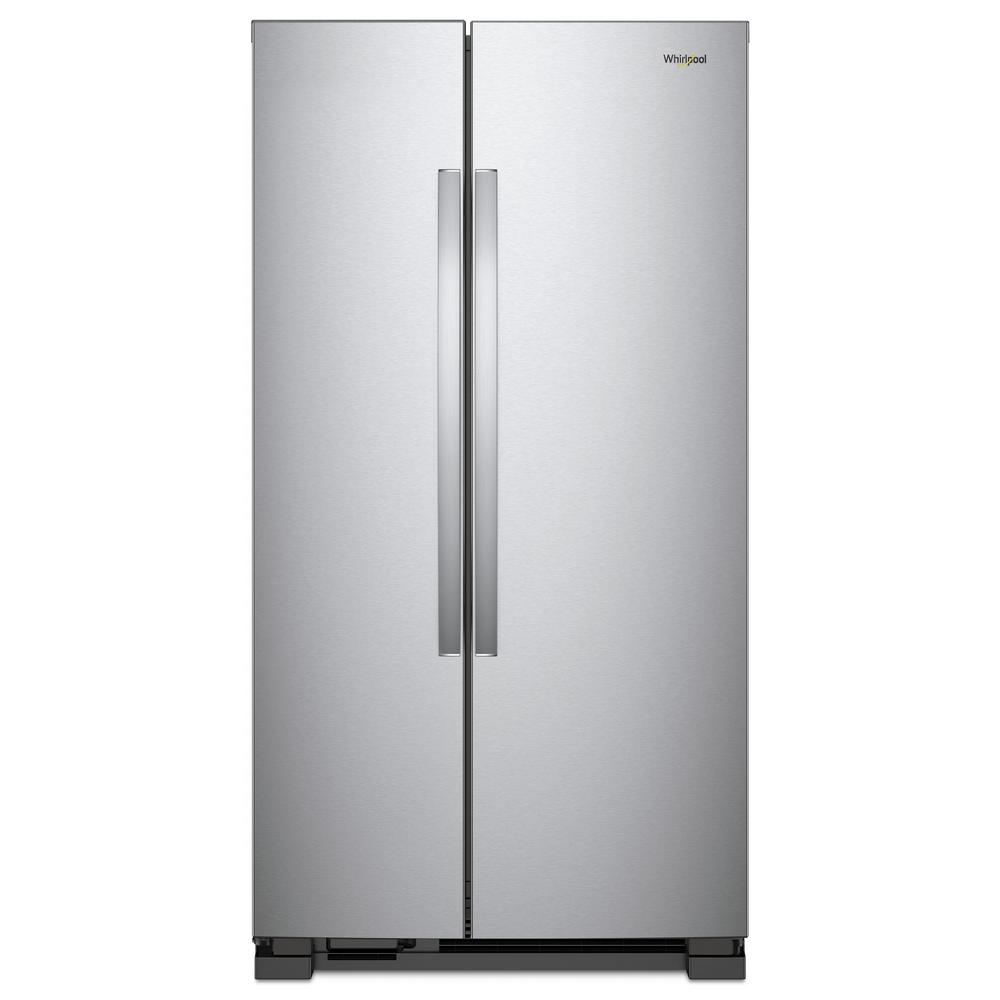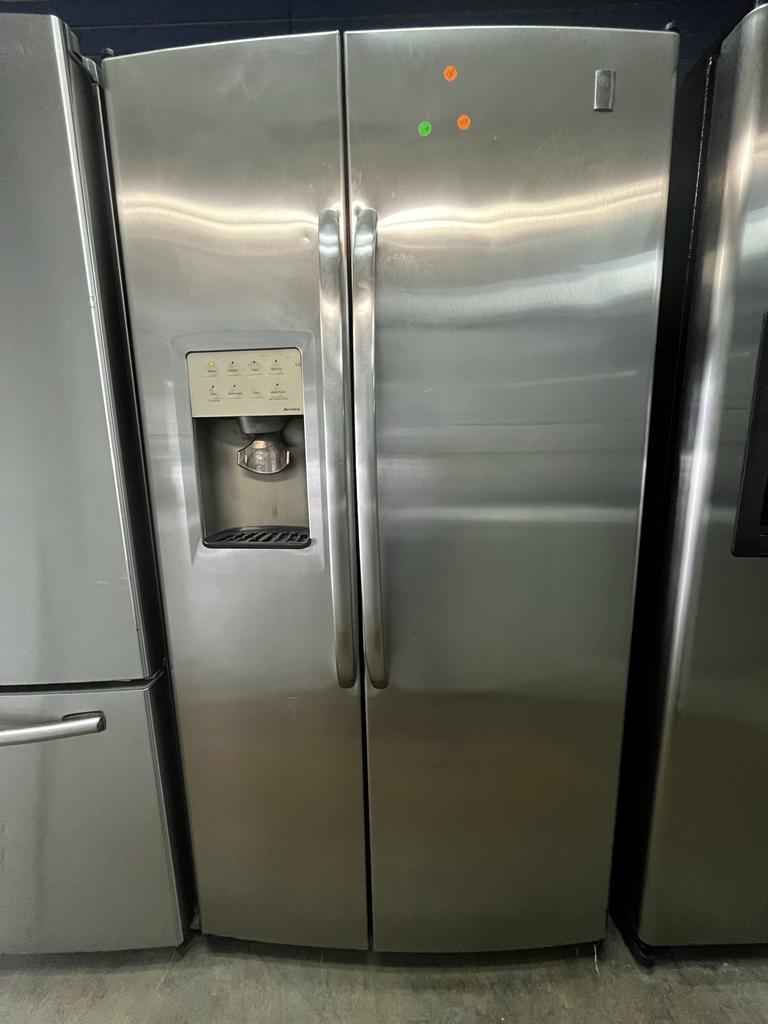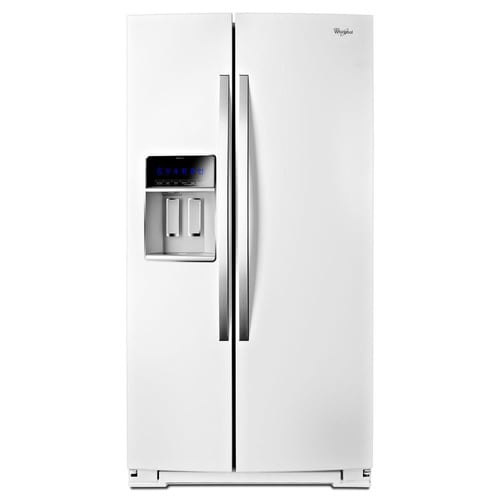White Refrigerator Without Ice Maker
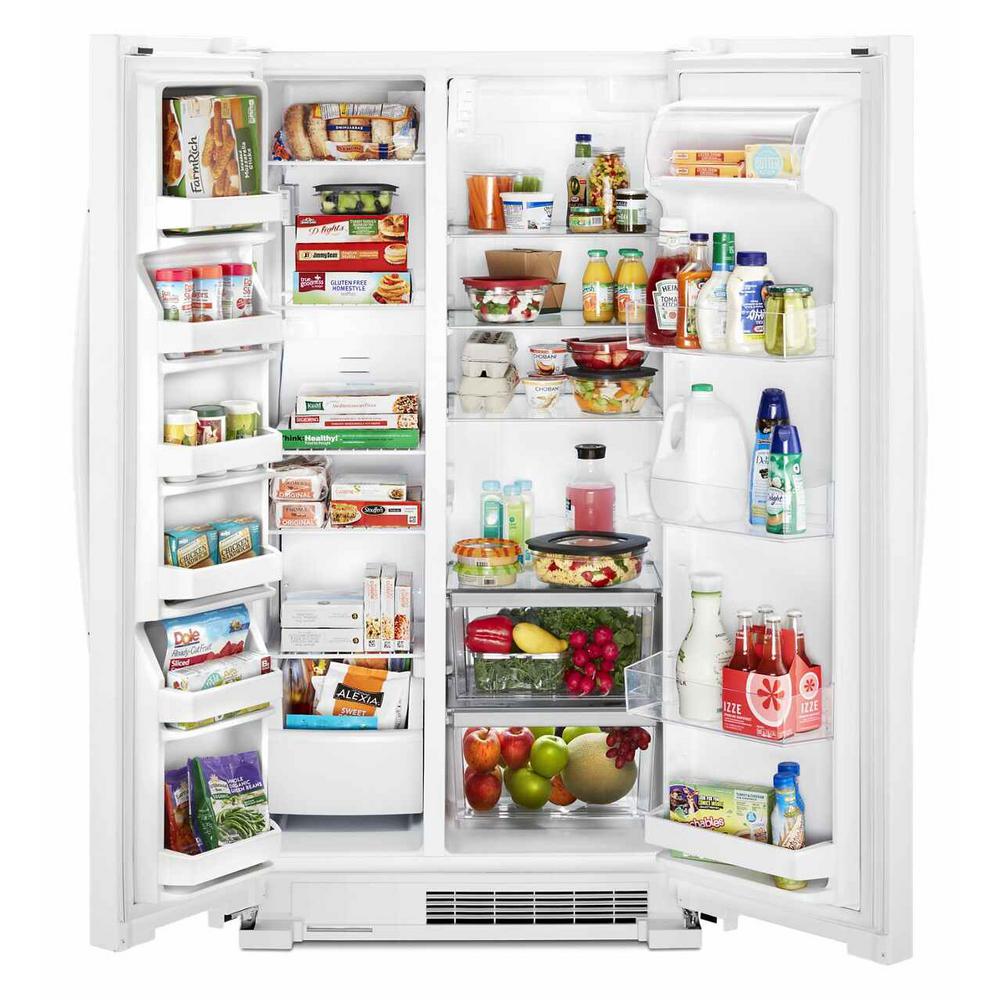
A nationwide shortage of white refrigerators without ice makers has reached critical levels, impacting consumers and retailers across the United States.
The unexpected surge in demand coupled with supply chain disruptions has created a perfect storm, leaving many households scrambling for basic refrigeration solutions.
The Crisis Unfolds
Reports of empty shelves and significantly delayed orders began surfacing in early October. Retailers from small appliance stores to major national chains are struggling to keep up with consumer demand.
Consumer Reports indicates a 75% decrease in available inventory of the specified refrigerator model compared to this time last year. This is based on a survey of over 500 appliance retailers nationwide.
Who is Affected?
The shortage primarily impacts consumers seeking budget-friendly, no-frills refrigerators. Apartment renters and homeowners replacing older appliances on a tight budget are disproportionately affected.
Landlords who are looking to upgrade units between tenant stays are also facing challenges, struggling to meet deadlines due to the lack of available refrigerators.
Where is the Shortage?
While the shortage is nationwide, some areas are experiencing more acute problems. States like Florida, Texas, and California, which have seen significant population growth are reporting the highest rates of out-of-stock notices.
Major metropolitan areas such as New York City, Los Angeles, and Houston are also particularly impacted. The urban population densities makes replacement of broken appliances a very difficult task.
When Did This Start?
The scarcity began subtly in September, with delays gradually increasing. A significant spike in demand coincided with the start of the holiday season, exacerbating existing supply chain vulnerabilities.
According to the Association of Home Appliance Manufacturers (AHAM), production slowed during Q3 2024 due to raw material shortages and labor disputes at key manufacturing plants.
How Did This Happen?
Several factors contributed to the current crisis. These included disruptions in the supply of raw materials (steel, plastic), port congestion affecting imports, and a labor shortage impacting manufacturing and distribution.
A surge in demand for affordable appliances also played a role. This unexpected increase overwhelmed an already strained supply chain. In addition, AHAM noted a shift in consumer preferences toward simpler models as inflation eats away at discretionary income.
Impact on Consumers
Consumers are facing inflated prices, extended wait times, and limited options. Many are forced to settle for more expensive models with features they don't need.
Others are resorting to used appliances, facing potential reliability issues. Some report delaying replacement altogether, which can lead to food spoilage and safety concerns.
Retailer Response
Retailers are scrambling to secure alternative suppliers and manage customer expectations. Many are implementing waiting lists and limiting purchases to one unit per customer.
Several stores have reported turning away dozens of customers daily. This is due to a total absence of white refrigerators lacking icemakers in their stock.
Moving Forward
Manufacturers are working to ramp up production, but experts warn the shortage could persist for several months. The Department of Commerce is monitoring the situation and exploring potential interventions.
Consumers are advised to plan ahead, shop around, and consider alternative options such as refurbished models. It is likely that normality will be restore in early 2025.
